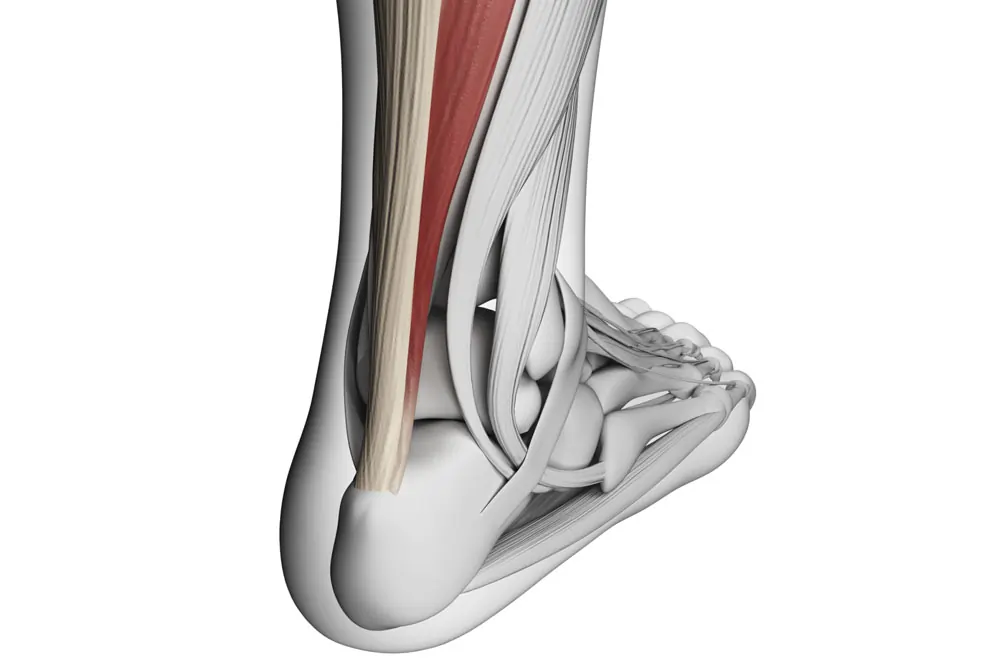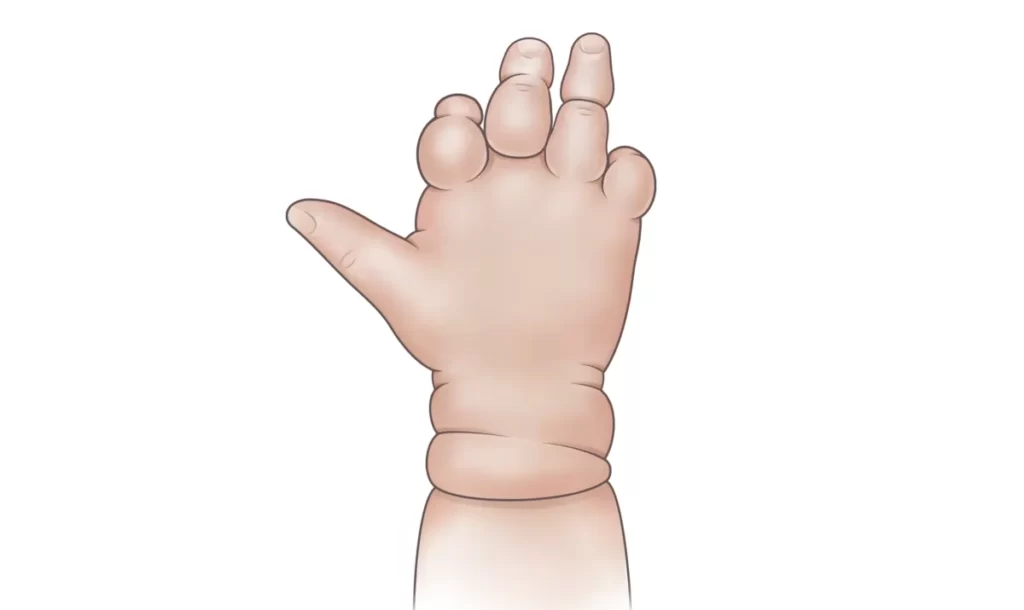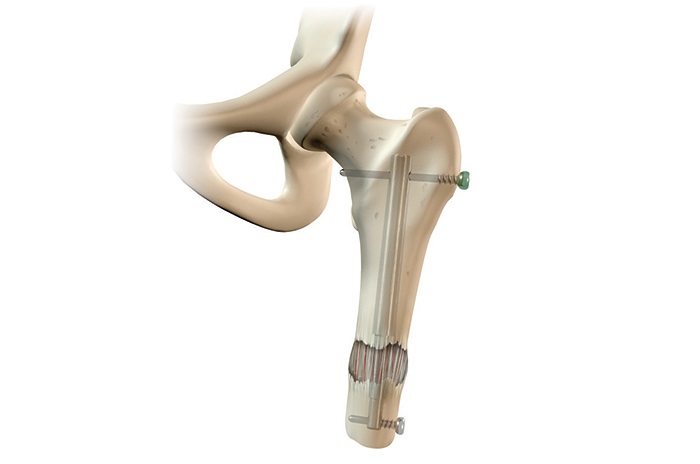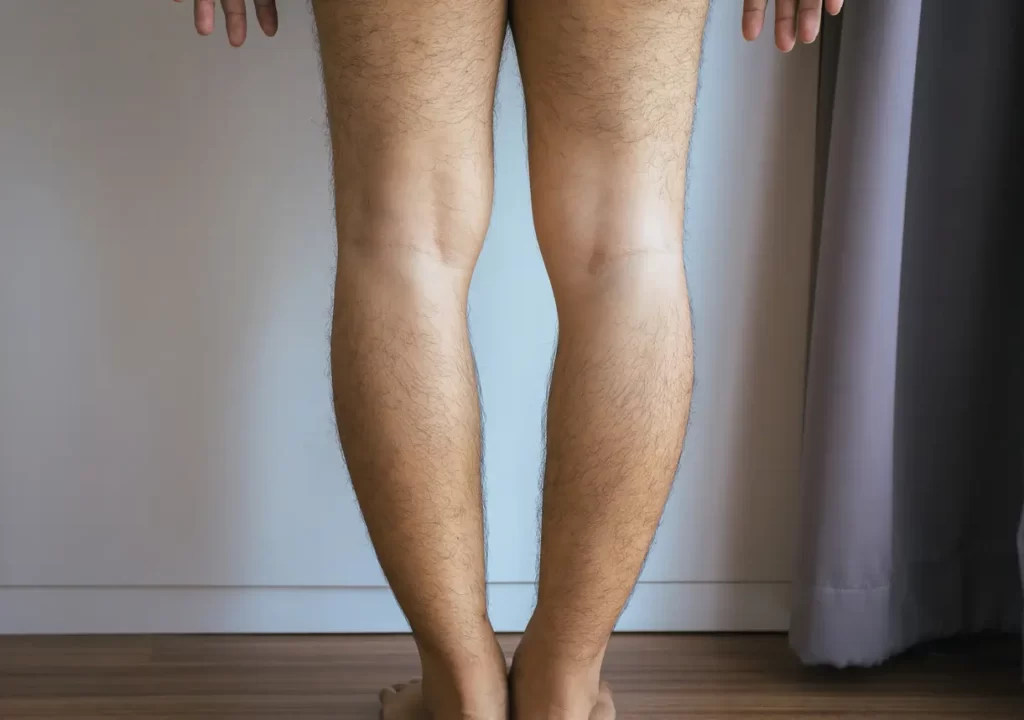What is an Achilles tendon injury?
The Achilles tendon is a strong tendon that joins to the heel bone at the rear of the calf. It is a crucial tendon for movement, as it serves to propel the foot upwards and forwards with respect to the ground. Injuries to the Achilles tendon can impede or even entirely restrict a patient’s mobility. Injuries to the Achilles tendon can range from catastrophic (total) tendon tears/ruptures to mild discomfort caused by overuse (Achilles tendinosis.)

Typical Achilles tendon pain occurs at the tendon’s insertion into the heel, in the rear of the heel. The spectrum of pain includes burning, stiffness, and throbbing. Some people describe an acute Achilles rupture as “hearing a pop” during sports such as basketball, football, tennis, and soccer.
What is Achilles tendonitis vs. an Achilles tendon rupture?
Overuse is one of the most common causes of Achilles tendonitis. Tendonitis can be caused by running and any other repetitive exercise that damages the ankle. The patient gets discomfort as a result of the tendon is inflamed and swollen.
Some people acquire rigidity due to a lack of flexibility, and this can lead to Achilles tendon inflammation (1). Pain from Achilles tendonitis should be treated immediately, since delaying treatment may cause the condition to become chronic and the tendon to develop microtears. This increases the patient’s risk for an acute rupture.
Ruptures of the Achilles tendon are full-thickness tears along the tendon’s fibers. They are commonly observed in men between the ages of 30 and 50 and are typically caused by athletic activities (commonly observed in “weekend warriors”). Surgical intervention is frequently required for these individuals to repair the tendon and restore ankle mobility.
What causes an Achilles tendon injury?
There are numerous contributing factors to an acute or chronic Achilles tendon injury, such as:
- The rapid increase in levels of activity,
- Squeezed calf muscles,
- Flat feet,
- Inadequate stretching before high-impact exercise,
- Unfitting footwear,
- Excessive exercise,
- Running uphill on difficult terrain and Changing speed quickly (or sports that require sudden movements or changes in position).
What are the symptoms of Achilles tendon injuries?
The following are symptoms of Achilles tendon injuries:
- heel ache the following exercise,
- ache while climbing a hill,
- Pain while climbing stairs
- Inflammation and redness of the Achilles tendon,
- A palpable space in the posterior ankle if a rupture is suspected.
- Bruising and discoloration, as well as the incapacity to dorsiflex (backward bending and contracting of the foot).
How is an Achilles tendon injury treated?
Some of these injuries may be managed non-operatively using protective boots (CAM boot) and physical therapy, while ruptures may necessitate surgical repair. Tendonitis that has persisted for an extended period of time and resulted in Haglund deformity (a bony protrusion on the back of the heel) may require surgical treatment.
Physical therapy is frequently advised for moderate injuries and strains of the Achilles tendon once the RICE (Rest, Ice, Compression, and Elevation) protocol has been followed. When physical therapy fails to alleviate symptoms, your physician can assess whether surgical intervention is necessary.
Acute Achilles tendon ruptures may necessitate surgical intervention; your physician can discuss numerous treatment options with you to determine the optimal treatment for your particular condition. Casting and other conservative treatments can be combined with surgical procedures. These options will be decided based on X-ray and MRI radiographic imaging. In some instances, an MRI may be required to assess the degree of tear and quantity of gapping in acute ruptures.



